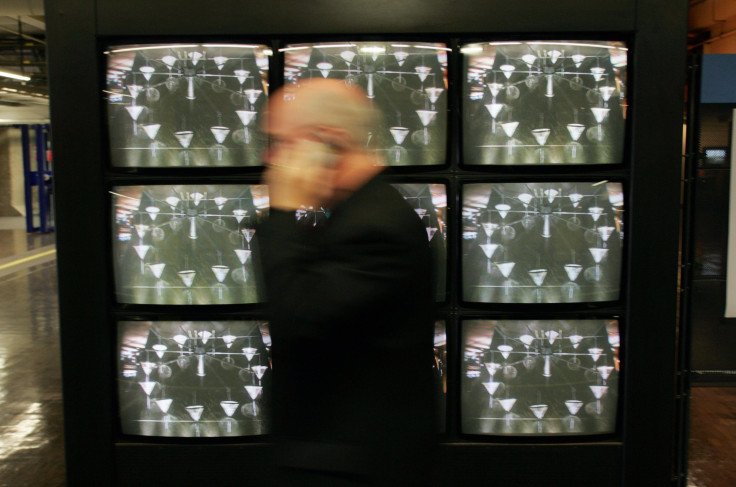Sensory Processing Disorder May Be Sign Of Schizophrenia, Offering Hope For Early Diagnosis

The classic image of schizophrenia is someone who has lost touch with reality, a person with delusions, paranoia, and disorganized thinking. A new study offers a possible alternative view of the underlying reasons for these disabilities, though. Neuroscientists say schizophrenia impairs a patient’s ability to process sensory stimuli from the outside world. Specifically, their research provides evidence showing how patients are unable to properly filter both visual and touch information at the input stage, which leads to distortion.
To better understand sensory functioning in the brain, Dr. John Foxe, senior author and chair of the University of Rochester Medical Center Department of Neuroscience, conducts investigations using neuroimaging, genomics, eye-tracking technologies, psychophysics (the study of stimulus-response relationships), and virtual reality. In a prior study, he and his co-researchers focused on perceptual processing in patients with schizophrenia, and discovered a significant impairment in their capacity to recognize fragmented objects.
An aspect of our visual system, the ability to fill in missing information, allows us to recognize a complete object, such as a cat, even when it is partially hidden from view — for instance, sitting halfway behind a curtain. Foxe’s discovery that schizophrenia patients have deficits in this ability helps explain why they require more viewing time to recognize objects in a laboratory experiment, as well as why they often function poorly in the world.
How The Brain Processes Sensory Information
For the current study, Foxe and his colleagues investigated another aspect of perception, a mechanism that enables the brain to filter out repetitive and irrelevant information. When encountering a flashing light, for example, the brain’s initial response is large and strong. Yet, as the flash continues, the brain’s reaction quickly fades in intensity as receptors change their sensitivity to the stimulus. Scientists believe this sensory adaptation frees the brain to respond to new stimuli that may be more important than the repeating stimulus.
To understand how schizophrenia impacts sensory adaptation, Foxe and his colleagues designed a series of experiments for 15 patients with the brain disorder and an equal number of participants without the disorder. Presenting visual and touch stimuli, the researchers recorded each participant’s brain’s response via electrodes placed on the scalp.
What did they observe?
Patients with schizophrenia demonstrated a substantially weaker sensory adaptation than the other participants. Specifically, they showed an overall smaller response to the stimuli and this was true for both repeated visual stimulation and repeated touch stimulation. (Plotted on a graph, the participants’ response lines spiked much more dramatically than patients’ lines.) Overall, the patients showed more impairment with visual stimulation in comparison to other participants and less impairment with regard to touch.
Though this is not an extensive study and cannot be said to be definitive, Foxe and his colleagues hope their discovery may lead to early diagnoses for schizophrenia and thus early medical interventions.
“Schizophrenia is a disease that typically strikes during late adolescence or early adulthood, but what we also know is that long before a person has their first major psychotic episode, there are subtle changes occurring that precede the full manifestation of the disease,” Foxe stated in a press release. “Our hope is that these new measures can allow us to pick up on these people before they ever become seriously ill.” Worldwide, 21 million people are affected by schizophrenia.
Source: Andrade GN, Butler J, Peters GA, Molholm S, Foxe J. Atypical visual and somatosensory adaptation in schizophrenia-spectrum disorders. Translational Psychiatry. 2016.



























